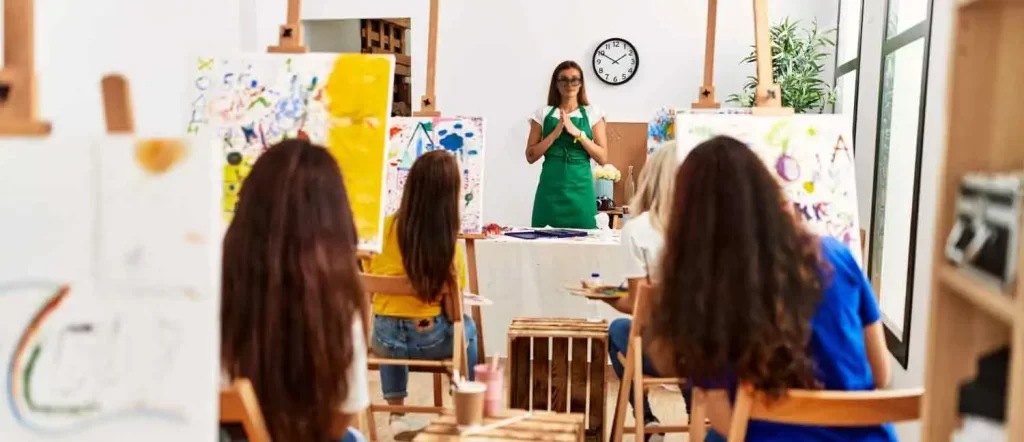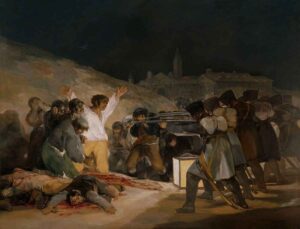Art has the power to unleash creativity, foster self-expression, and ignite a passion that can last a lifetime. As parents, we want to provide our children with the best opportunities to explore their artistic abilities. However, the vast array of short-term fine art courses in the market can be overwhelming, and unfortunately, not all teachers are created equal. In this guide, we’ll navigate the intricacies of selecting the right art course and teacher for your child while steering clear of potential art scams.

Unveiling the Art Course Scam Landscape
In recent times, the rise of short-term art courses has given way to a plethora of individuals presenting themselves as professional art teachers. While some are undoubtedly skilled and genuine, others may be looking to exploit the growing interest in art education. These unscrupulous individuals often lure unsuspecting parents and students with unrealistic prices, promising a shortcut to artistic prowess. Here’s how you can avoid falling into the traps laid by art scammers
1. Lack of Credentials
Before enrolling your child in any art course, it’s crucial to scrutinize the credentials of the teacher. A reputable art teacher should have a solid educational background in fine arts and relevant teaching experience. Look for certifications or degrees that validate their expertise and commitment to the field.
Note: Degree holder from reputed university can provide the certificate for course.
2. Art Teacher Has No Demonstration Skills
Art is not just about knowledge; it’s about effective communication of that knowledge. Assess the teacher’s demonstration skills by attending a trial class or watching sample lessons. A skilled art teacher should be able to convey concepts clearly, making the learning process engaging and enjoyable for young minds.
3. Pressure to Pay Upfront
Beware of teachers or institutions demanding hefty upfront payments without providing detailed information about the course structure, materials, and ongoing support. Legitimate art courses offer transparency and flexibility in payment plans, ensuring that you feel comfortable with the financial commitment.
4. No or Unclear Art Curriculum
A well-structured curriculum is the backbone of any quality art course. Avoid programs that lack a clear outline of what will be taught and how progress will be assessed. A comprehensive curriculum ensures that your child receives a balanced education, covering various techniques and styles.
5. Poor Communication
Communication is key to a successful learning experience. If a teacher or institution is unresponsive or vague in their responses to your queries, it may be a red flag. A reliable art teacher should be open to communication, addressing concerns and providing regular updates on your child’s progress.
6. Unreasonable Price
While affordability is a factor, be wary of courses that seem too good to be true in terms of pricing. Unrealistically low prices may indicate a lack of quality in instruction, materials, or support. Research the average costs for reputable art courses in your area to ensure you’re making an informed decision.
The Art of Research: Ensuring a Secure Artistic Journey
In the digital age, information is readily available at our fingertips. Before enrolling your child in an art course, take the time to conduct thorough research. Explore online reviews, testimonials, and social media presence. Genuine teachers and institutions often have a positive online reputation, backed by the success stories of their students.
Conclusion: Nurturing Artistic Potential with Caution
In the pursuit of nurturing your child’s artistic potential, choosing the right art course and teacher is a pivotal decision. By staying vigilant and informed, you can protect your child from falling victim to art scams and provide them with an enriching artistic journey. Remember, it’s better to be cautious upfront than to regret a hasty decision later. Invest in your child’s creativity wisely, and watch as their artistic talents flourish under the guidance of a reputable and caring art teacher.


